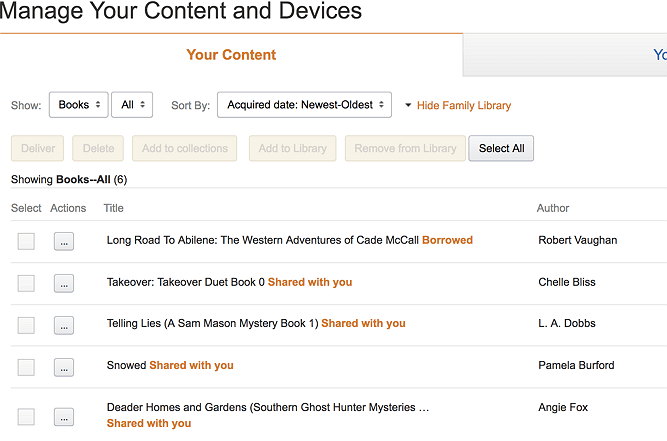

Copy the books from their location on the computer, open the Kindle's storage, go to the ' Documents' folder, and paste the copied files. All current generation Kindles have a USB-C port, but some older models have a MicroUSB port. From the pop-up menu, click the Send to Device button and then choose the Send to Main Memory option. Select a book and then right-click the selected eBook. Now transfer eBooks to the Kindle’s memory. Once your Kindle is recognized by Calibre, you’ll see a new On Device column next to the book title column. Once your Kindle is recognized by Calibre, you’ll see a new Device column next to the book title column. However, this option only works with PDF, AZW, or MOBI formats. Connect your Kindle to your computer using a USB cable. Scroll down to ' Approved Personal Document E-mail List,' and click on ' Add a new approved email address.' Users can also delete an approved email address from this page.Īnother way to send books to a Kindle is by connecting the Kindle to a computer (PC or Mac) via USB and transferring the books to the Kindle's storage. Go to ' Content & Devices' and click on the ' Preferences' tab.

However, Amazon allows users to approve another email address. Tap the file the read the book or document on the Kindle.Īs a security measure, only a user's email address linked to their Amazon account can send books to their Kindle. Amazon will send an email confirming that the books or documents have been archived and are now available in the user's Kindle Library. It's easy to convert non-supported formats to one that works online. Supported file formats include EPUB, PDF, RTF, Microsoft Word docs, HTML, and image file formats like JPG, GIF, PNG, and BMP. Then, attach the books and send them to the email address. Copy the email address to use it with an email client.


 0 kommentar(er)
0 kommentar(er)
